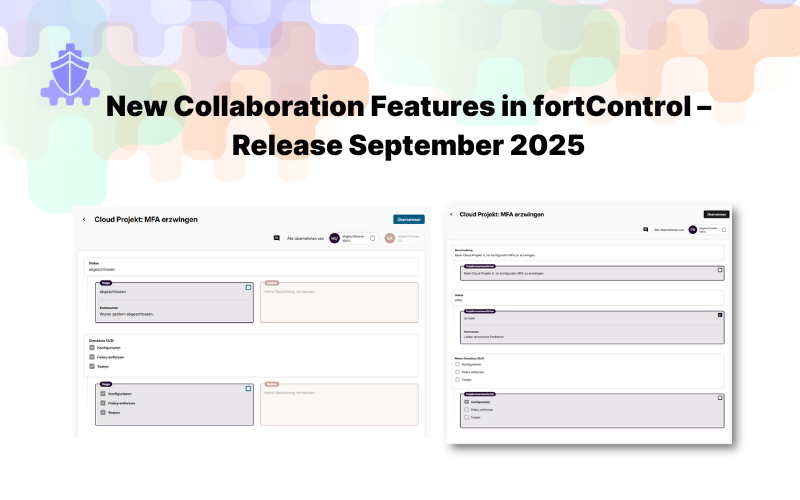Part 5 - Defying the cyber seas: the CISO as a strategic navigator of cybersecurity
As with a ship, the strength of a cybersecurity team depends on its captain. The Chief Information Security Officer (CISO) must not only keep an eye on the big picture, but also pay attention to the smallest details, similar to a navigator who keeps an eye on both the starry sky and the immediate waves.
Navigating with foresight and through regulatory waters
The CISO, as a security ambassador, not only designs the security architecture, but also continuously adapts it to changing cyber threats. In his responsibility for compliance, he monitors compliance with legal regulations and seamlessly integrates legal aspects into the security strategy. In doing so, he is guided by global standards such as the NIST Cybersecurity Framework, which forms the basis for many compliance strategies and helps to integrate international best practices.
In addition, he takes into account specific regulations and recommendations, such as the guidelines for financial institutions issued by the Swiss Financial Market Supervisory Authority (FINMA), which not only strengthen cyber resilience but also address operational risks. The minimum ICT standards, which define the minimum requirements for security in information and communication technologies, and the guidelines of the Federal Data Protection and Information Commissioner (FDPIC) on data processing and security, which prevent data breaches and strengthen user trust, are also an integral part of his daily tasks.
A firm hand on the rudder
Risk management is at the center of his or her responsibilities. The CISO must not only recognize and assess risks, but also manage them proactively. Like a captain adjusting the sails before a storm, the CISO must be able to quickly modify security measures and effectively manage the Security Operations Center (SOC). Solid governance is indispensable here. It serves as a navigation assistant, enabling the CISO to steer the ship through the stormy waters of cyber threats in a targeted manner.
Staying on course with a precise budget
Careful budgeting is crucial to financing security-related measures. The CISO plays a central role here, not only as the guardian of IT security, but also as a strategic partner who enables the company to grow securely and dynamically. In this role, the CISO works closely with other executives, such as the CFO for budget planning and the COO for operational implementation, to ensure that cybersecurity strategies are seamlessly integrated into the overall corporate strategy. By investing wisely in advanced security measures, security becomes a business enabler that not only protects the company but also enables it to expand into new markets and technologies with confidence.
With certification to a safe harbor
The certification of security standards, such as ISO 27001, shows that the company is seaworthy and that data security is guaranteed. This recognition not only strengthens the trust of stakeholders, but also promotes business growth by enabling companies to act as a trusted partner in the market. Regular security audits are crucial to maintaining high standards and building trust among all stakeholders, from crew to passengers.
Safety on board: a culture of constant vigilance
A company's safety culture must be actively promoted and constantly monitored. This is done through regular training and awareness-raising measures that not only increase the vigilance of employees, but also deeply involve management in the process of risk identification and assessment. This continuous involvement ensures that decisions on safety spending are well informed and strategic, and prepares the team to proactively meet any challenges.
Navigating through continuous improvement
The CISO as captain understands how to not only manage risks reactively, but also to proactively circumnavigate them and navigate the ship safely through the digital waters. This process of continuous improvement ensures that the organization not only remains afloat, but can also venture into new waters with confidence. The constant adaptation and improvement of security strategies ensure that security measures are always up to date and effectively protect the company from future threats.
Summary: A holistic approach to cybersecurity
Effectively navigating the cyber seas requires a deep understanding and integration of various key elements of cybersecurity. Our series has highlighted the importance of governance, which serves as a strategic foundation for clear policies and responsibilities. In the area of risk management, we have emphasized the need to proactively identify and manage risks, supported by regular security assessments that ensure that measures are effective and up to date. Finally, continuous improvement is the core that enables the CISO to constantly optimize technologies and processes and to lead the company dynamically and securely into the future. Each of these aspects contributes to weaving a robust security network that not only repels current threats but also creates a resilient and adaptive security culture.


.png)

.png)